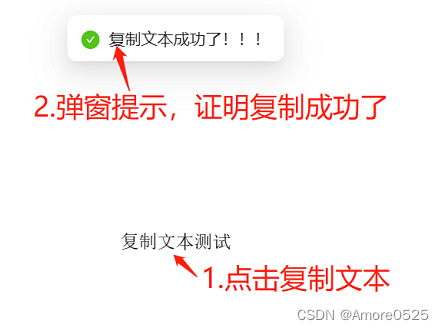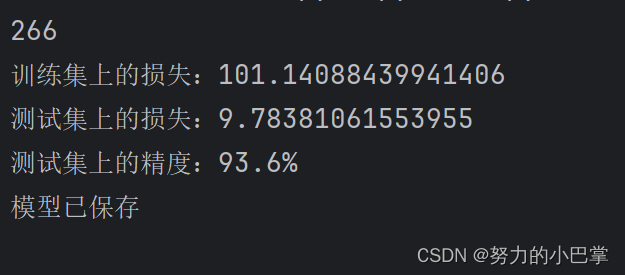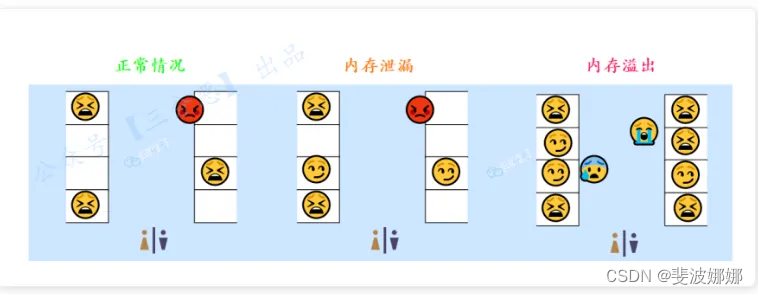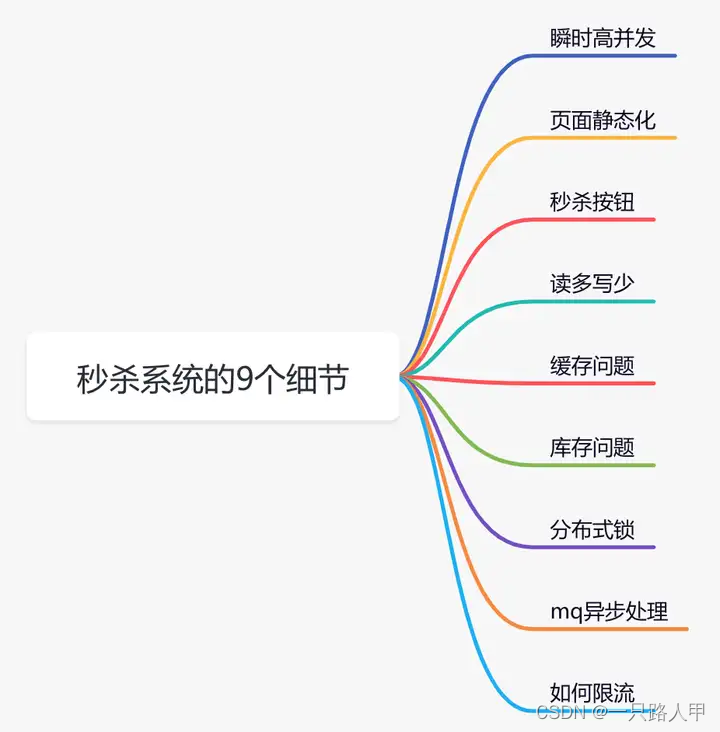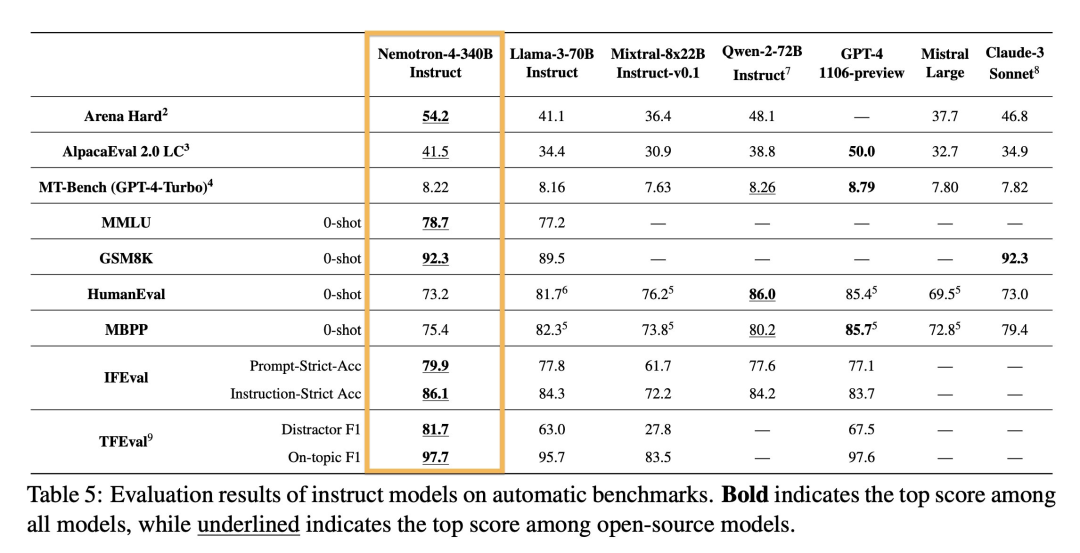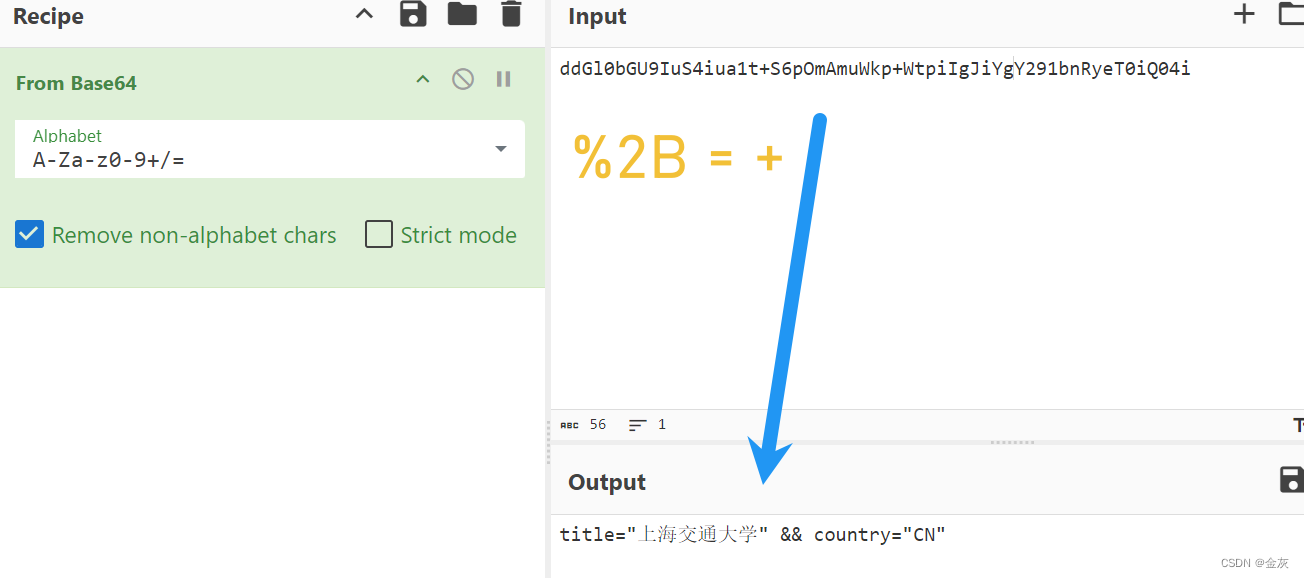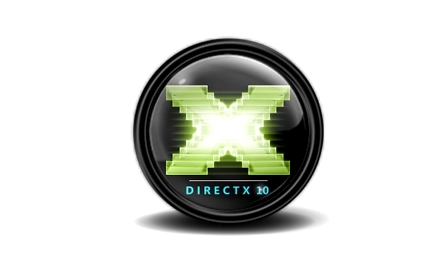共同基金是什么
中文版
共同基金
共同基金是一种投资工具,通过汇集众多投资者的资金,购买一组多样化的股票、债券或其他证券。共同基金由专业的投资组合经理管理,他们旨在实现特定的投资目标。以下是对共同基金的详细介绍:
共同基金的主要特点
-
资金汇集:
- 多个投资者将资金汇集到一个共同的池中,然后将这些资金投资于各种证券。这使得个人投资者能够获得他们可能无法单独实现的多样化投资组合。
-
专业管理:
- 共同基金由专业的基金经理管理,他们负责决定买卖哪些证券。这些经理具备专业知识和资源,能够进行深入的研究和分析。
-
多样化:
- 通过投资于广泛的资产组合,共同基金减少了单个证券的风险。多样化有助于减轻任何单项投资表现不佳对整体投资组合的影响。
-
流动性:
- 共同基金提供流动性,这意味着投资者可以轻松买卖基金份额。共同基金份额通常在每个交易日结束时按净资产值(NAV)进行买卖。
-
多种类型:
- 共同基金有多种类型,满足不同的投资目标,如股票型基金、债券型基金、货币市场基金、指数基金和平衡基金。
共同基金的类型
-
股票型基金:
- 主要投资于股票,目标是长期资本增长。例子包括成长型基金、价值型基金和行业基金。
-
债券型基金:
- 投资于债券或其他债务证券,目标是收入生成和资本保值。例子包括政府债券基金、公司债券基金和市政债券基金。
-
货币市场基金:
- 投资于短期、高质量的债务工具,目标是稳定和流动性,通常用于临时存放现金。
-
指数基金:
- 旨在复制特定指数(如标准普尔500指数)的表现,提供广泛的市场曝光,通常费用较低,因为是被动管理。
-
平衡基金:
- 投资于股票和债券的混合,提供增长和收入的平衡,目标是适中的风险和回报。
共同基金的优势
-
多样化:
- 通过分散投资于广泛的证券,减少风险。
-
专业管理:
- 提供专业知识和投资策略的访问。
-
经济实惠:
- 使小投资者能够以相对较小的金额投资于多样化的投资组合。
-
流动性:
- 容易买卖基金份额,提供投资者灵活性。
-
透明度:
- 共同基金受到监管,要求披露其持仓和表现,为投资者提供透明度。
共同基金的缺点
-
费用和开支:
- 管理费、行政成本和其他费用会侵蚀回报。这些费用包括费用比率,有时还有销售费用(佣金)。
-
缺乏控制:
- 投资者无法对基金经理的个别投资决策进行干预。
-
业绩波动:
- 共同基金的表现可能会波动,尤其是股票型基金,过去的表现不能保证未来的结果。
-
税务影响:
- 共同基金的投资者可能因基金的资本收益分配而产生税务负担。
结论
共同基金为投资者提供了一种便捷和高效的方式来访问由专业人士管理的多样化证券投资组合。它们提供各种类型的基金,以适应不同的投资目标和风险承受能力。然而,投资者应注意费用、缺乏对个别投资的控制以及潜在的税务影响。理解这些因素可以帮助投资者做出明智的决定,将共同基金纳入他们的投资策略中。
英文版
Mutual Fund
A mutual fund is an investment vehicle that pools together money from many investors to purchase a diversified portfolio of stocks, bonds, or other securities. It is managed by professional portfolio managers who aim to achieve specific investment objectives. Here’s a detailed introduction to mutual funds:
Key Features of Mutual Funds
-
Pooling of Funds:
- Multiple investors contribute money to a common pool, which is then invested in a variety of securities. This allows individual investors to access a diversified portfolio that they might not be able to achieve on their own.
-
Professional Management:
- Mutual funds are managed by professional fund managers who make decisions about which securities to buy and sell. These managers have expertise and resources to conduct thorough research and analysis.
-
Diversification:
- By investing in a wide range of assets, mutual funds reduce the risk associated with individual securities. Diversification helps mitigate the impact of poor performance of any single investment on the overall portfolio.
-
Liquidity:
- Mutual funds offer liquidity, meaning investors can easily buy and sell their shares in the fund. Mutual fund shares are typically bought and sold at the net asset value (NAV) at the end of each trading day.
-
Variety of Types:
- There are various types of mutual funds catering to different investment objectives, such as equity funds, bond funds, money market funds, index funds, and balanced funds.
Types of Mutual Funds
-
Equity Funds:
- Invest primarily in stocks. They aim for capital growth over the long term. Examples include growth funds, value funds, and sector funds.
-
Bond Funds:
- Invest in bonds or other debt securities. They aim for income generation and preservation of capital. Examples include government bond funds, corporate bond funds, and municipal bond funds.
-
Money Market Funds:
- Invest in short-term, high-quality debt instruments. They aim for stability and liquidity, often used as a place to park cash temporarily.
-
Index Funds:
- Aim to replicate the performance of a specific index, such as the S&P 500. They offer broad market exposure and typically have lower fees due to passive management.
-
Balanced Funds:
- Invest in a mix of stocks and bonds to provide a balance of growth and income. They aim for moderate risk and return.
Advantages of Mutual Funds
-
Diversification:
- Reduces the risk by spreading investments across a wide range of securities.
-
Professional Management:
- Provides access to expert knowledge and investment strategies.
-
Affordability:
- Allows small investors to invest in a diversified portfolio with a relatively small amount of money.
-
Liquidity:
- Easy to buy and sell shares, offering flexibility to investors.
-
Transparency:
- Mutual funds are regulated and required to disclose their holdings and performance, providing transparency to investors.
Disadvantages of Mutual Funds
-
Fees and Expenses:
- Management fees, administrative costs, and other expenses can eat into returns. These include expense ratios and sometimes sales loads (commissions).
-
Lack of Control:
- Investors do not have a say in individual investment decisions made by the fund manager.
-
Performance Fluctuations:
- The performance of mutual funds can be volatile, especially equity funds, and past performance is not a guarantee of future results.
-
Tax Implications:
- Investors in mutual funds may incur tax liabilities from capital gains distributions made by the fund.
Conclusion
Mutual funds provide a convenient and efficient way for investors to access a diversified portfolio of securities managed by professionals. They offer various types of funds to suit different investment objectives and risk tolerances. However, investors should be aware of the fees, lack of control over individual investments, and potential tax implications. Understanding these factors can help investors make informed decisions about including mutual funds in their investment strategy.
各种基金的区别
中文版
共同基金、养老基金以及其他类型的基金在投资目标、管理方式、风险和回报等方面有不同的特点。以下是对这些基金的详细对比:
共同基金(Mutual Funds)
特点
- 投资目标:共同基金旨在实现特定的投资目标,例如资本增长、收入生成或保值。
- 投资范围:共同基金可以投资于多种资产类别,包括股票、债券、货币市场工具和其他证券。
- 管理方式:由专业的基金经理主动或被动管理,投资决策由基金经理根据市场情况和基金的投资目标做出。
- 流动性:投资者可以在任何交易日买卖基金份额。
- 费用:通常包括管理费、运营费用,有时还有销售费用(前端或后端收费)。
适用对象
- 适合希望通过专业管理和多样化投资组合来分散风险的投资者。
养老基金(Pension Funds)
特点
- 投资目标:养老基金主要目标是为退休提供稳定的收入来源和资本增长,确保受益人在退休时有足够的资金。
- 投资范围:通常投资于低风险资产,如政府债券、公司债券、优质股票和房地产,逐步增加低风险、稳定回报的资产配置。
- 管理方式:由专业的基金管理机构或雇主的投资委员会管理,遵循长期投资策略。
- 流动性:流动性较低,通常直到退休年龄才能提取资金。
- 费用:管理费用较低,但长期持有中产生的费用可能较高。
适用对象
- 主要面向工作期间希望为退休积累资金的个人和雇员。
对冲基金(Hedge Funds)
特点
- 投资目标:对冲基金旨在通过灵活和复杂的投资策略实现高回报,同时管理和对冲风险。
- 投资范围:可以投资于各种资产,包括股票、债券、货币、期货、期权等,使用杠杆和衍生品来增强回报。
- 管理方式:由专业基金经理主动管理,使用多种策略如长短仓、市场中性、套利、全球宏观等。
- 流动性:流动性较低,通常有锁定期,投资者只能在特定时间窗口内赎回资金。
- 费用:费用结构较高,通常包括管理费和绩效费(如“2%管理费和20%绩效费”)。
适用对象
- 面向高净值个人和机构投资者,通常对投资者的资格有较高要求。
交易所交易基金(ETF)
特点
- 投资目标:ETF旨在追踪特定指数、行业、商品或资产组合的表现。
- 投资范围:可以投资于股票、债券、商品、货币等多种资产。
- 管理方式:大多为被动管理,目的是复制基准指数的表现,但也有主动管理的ETF。
- 流动性:在交易所交易,投资者可以像股票一样在市场开放时买卖ETF份额。
- 费用:通常费用较低,因为大多数ETF是被动管理的。
适用对象
- 适合希望获得特定市场或指数曝光的投资者,同时享有交易灵活性和低费用的优势。
私募股权基金(Private Equity Funds)
特点
- 投资目标:私募股权基金旨在通过直接投资于私营企业、收购、重组等方式实现高回报。
- 投资范围:主要投资于私营企业、未上市公司以及杠杆收购等。
- 管理方式:由专业的基金管理团队主动管理,通常参与被投资企业的战略决策和运营管理。
- 流动性:流动性很低,投资期限通常较长(5-10年或更长),投资者在基金寿命结束前难以赎回资金。
- 费用:费用较高,包括管理费和绩效费。
适用对象
- 适合高净值个人、机构投资者和希望参与企业长期成长和发展的投资者。
结论
每种基金类型都有其独特的特点和适用对象。共同基金适合希望通过专业管理和多样化投资组合来分散风险的普通投资者;养老基金主要面向工作期间希望为退休积累资金的人群;对冲基金和私募股权基金则主要面向高净值个人和机构投资者,提供复杂的投资策略和潜在高回报;ETF提供了一种灵活、低费用的方式来获得特定市场或指数的曝光。
了解这些差异可以帮助投资者根据自己的风险承受能力、投资目标和流动性需求选择合适的投资工具。
英文版
Differences Between Mutual Funds, Pension Funds, and Other Funds
Mutual funds, pension funds, and other types of funds have distinct characteristics, management styles, risk profiles, and objectives. Here’s a detailed comparison:
Mutual Funds
Characteristics
- Investment Objective: Aim to achieve specific investment goals such as capital growth, income generation, or capital preservation.
- Investment Range: Can invest in various asset classes including stocks, bonds, money market instruments, and other securities.
- Management Style: Managed by professional fund managers either actively or passively, with investment decisions made based on market conditions and fund objectives.
- Liquidity: Investors can buy and sell fund shares on any trading day.
- Fees: Typically include management fees, operating expenses, and sometimes sales charges (front-end or back-end loads).
Suitable For
- Investors seeking diversification, professional management, and the ability to invest in a broad portfolio with relatively small amounts of money.
Pension Funds
Characteristics
- Investment Objective: Designed to provide a stable source of income and capital growth for retirement.
- Investment Range: Generally invest in low-risk assets such as government bonds, corporate bonds, high-quality stocks, and real estate, with a focus on stable and predictable returns.
- Management Style: Managed by professional fund managers or employer investment committees, following a long-term investment strategy.
- Liquidity: Low liquidity, as funds are typically not accessible until retirement age.
- Fees: Usually have lower management fees, but long-term holding may incur significant costs.
Suitable For
- Individuals and employees looking to accumulate funds for retirement through long-term, stable investments.
Hedge Funds
Characteristics
- Investment Objective: Aim to achieve high returns using flexible and complex investment strategies while managing and hedging risks.
- Investment Range: Can invest in various assets including stocks, bonds, currencies, futures, options, and other derivatives, often using leverage.
- Management Style: Actively managed by professional fund managers using strategies such as long/short positions, market neutral, arbitrage, and global macro.
- Liquidity: Low liquidity with lock-up periods, restricting investors from redeeming their investments at any time.
- Fees: High fee structure, typically including management fees and performance fees (e.g., “2% management fee and 20% performance fee”).
Suitable For
- High-net-worth individuals and institutional investors seeking higher returns and willing to accept higher risks and fees.
Exchange-Traded Funds (ETFs)
Characteristics
- Investment Objective: Aim to track the performance of a specific index, sector, commodity, or asset portfolio.
- Investment Range: Can invest in stocks, bonds, commodities, currencies, and more.
- Management Style: Mostly passively managed to replicate a benchmark index, though some are actively managed.
- Liquidity: Traded on stock exchanges, allowing investors to buy and sell ETF shares like stocks during market hours.
- Fees: Typically low fees due to passive management.
Suitable For
- Investors looking for exposure to specific markets or indices with the flexibility of stock trading and low fees.
Private Equity Funds
Characteristics
- Investment Objective: Aim to achieve high returns through direct investments in private companies, acquisitions, restructurings, and other strategic initiatives.
- Investment Range: Primarily invest in private companies, unlisted businesses, and leveraged buyouts.
- Management Style: Actively managed by professional teams who often participate in the strategic decision-making and operations of the invested companies.
- Liquidity: Very low liquidity with long investment horizons (5-10 years or more), making it difficult for investors to withdraw funds before the fund’s term ends.
- Fees: High fees, including management fees and performance fees.
Suitable For
- High-net-worth individuals and institutional investors looking to participate in the long-term growth and development of private companies.
Conclusion
Each type of fund serves different investment needs and objectives. Mutual funds offer a way for ordinary investors to achieve diversification and professional management. Pension funds are tailored for individuals saving for retirement. Hedge funds and private equity funds are aimed at high-net-worth individuals and institutions looking for complex strategies and higher returns. ETFs provide a flexible, low-cost option for gaining exposure to specific markets or indices.
Understanding these differences helps investors choose the right investment vehicle based on their risk tolerance, investment goals, and liquidity needs.
后记
2024年6月16日写于上海。基于GPT4o。



